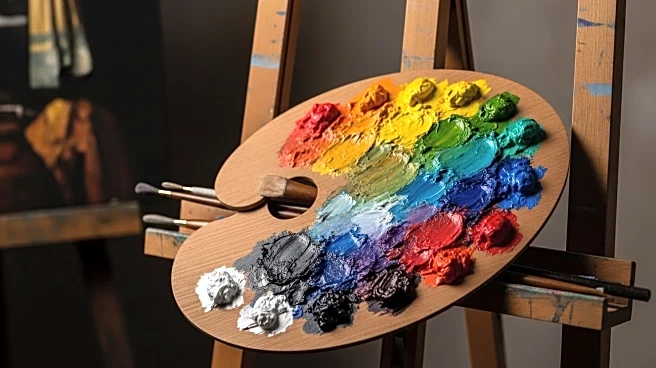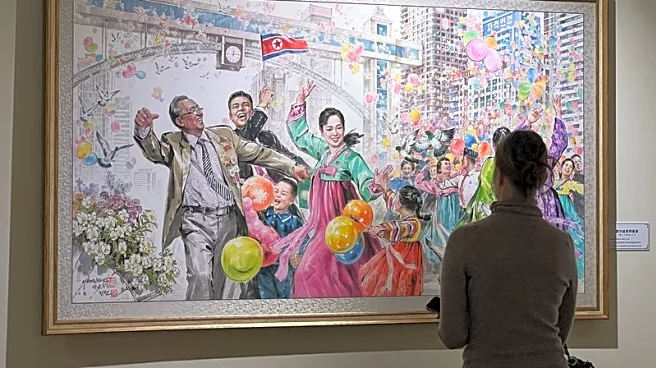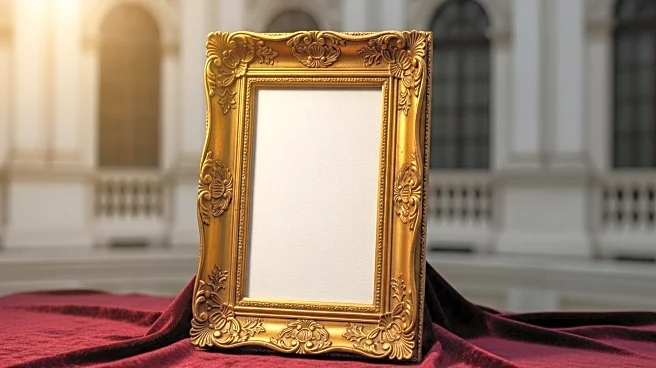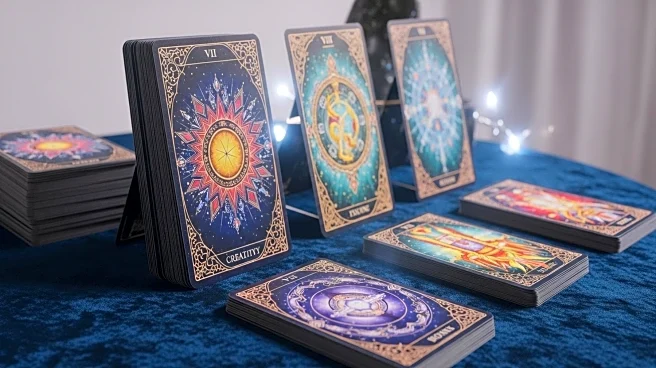What's Happening?
Tate Britain is hosting a comprehensive exhibition on Lee Miller, an influential American photographer known for her work in the Surrealist movement. The exhibition aims to focus on Miller's artistic contributions rather than her personal life, which has often overshadowed her professional achievements. Curator Hilary Floe emphasizes the importance of showcasing Miller's intelligence, determination, and bravery in her art-making process. The exhibition includes a wide array of Miller's work, highlighting her role as a pioneering female war correspondent and her collaborations with notable artists like Man Ray and Pablo Picasso.
Why It's Important?
This exhibition is significant as it seeks to redefine Lee Miller's legacy by emphasizing her professional accomplishments over her personal relationships and beauty. By doing so, it challenges the traditional narratives that often diminish the contributions of female artists. The exhibition provides an opportunity for audiences to appreciate Miller's work in its own right, potentially influencing how female artists are perceived and celebrated in the art world. It also highlights the importance of recognizing the historical contributions of women in fields dominated by men, such as war correspondence and avant-garde art.
What's Next?
The exhibition is expected to run from October 2, 2025, to February 15, 2026, at Tate Britain. It may inspire further scholarly research and public interest in Lee Miller's work, potentially leading to more exhibitions and discussions about her impact on photography and art. The exhibition could also encourage other institutions to reevaluate how they present the work of female artists, focusing more on their professional achievements rather than personal anecdotes.
Beyond the Headlines
The exhibition raises broader questions about the intersection of biography and art, particularly for women whose personal lives have often been sensationalized. It challenges the art community to consider how narratives are constructed and the impact they have on the legacy of artists. This could lead to a shift in how art history is taught and understood, promoting a more nuanced appreciation of artists' contributions beyond their personal stories.











